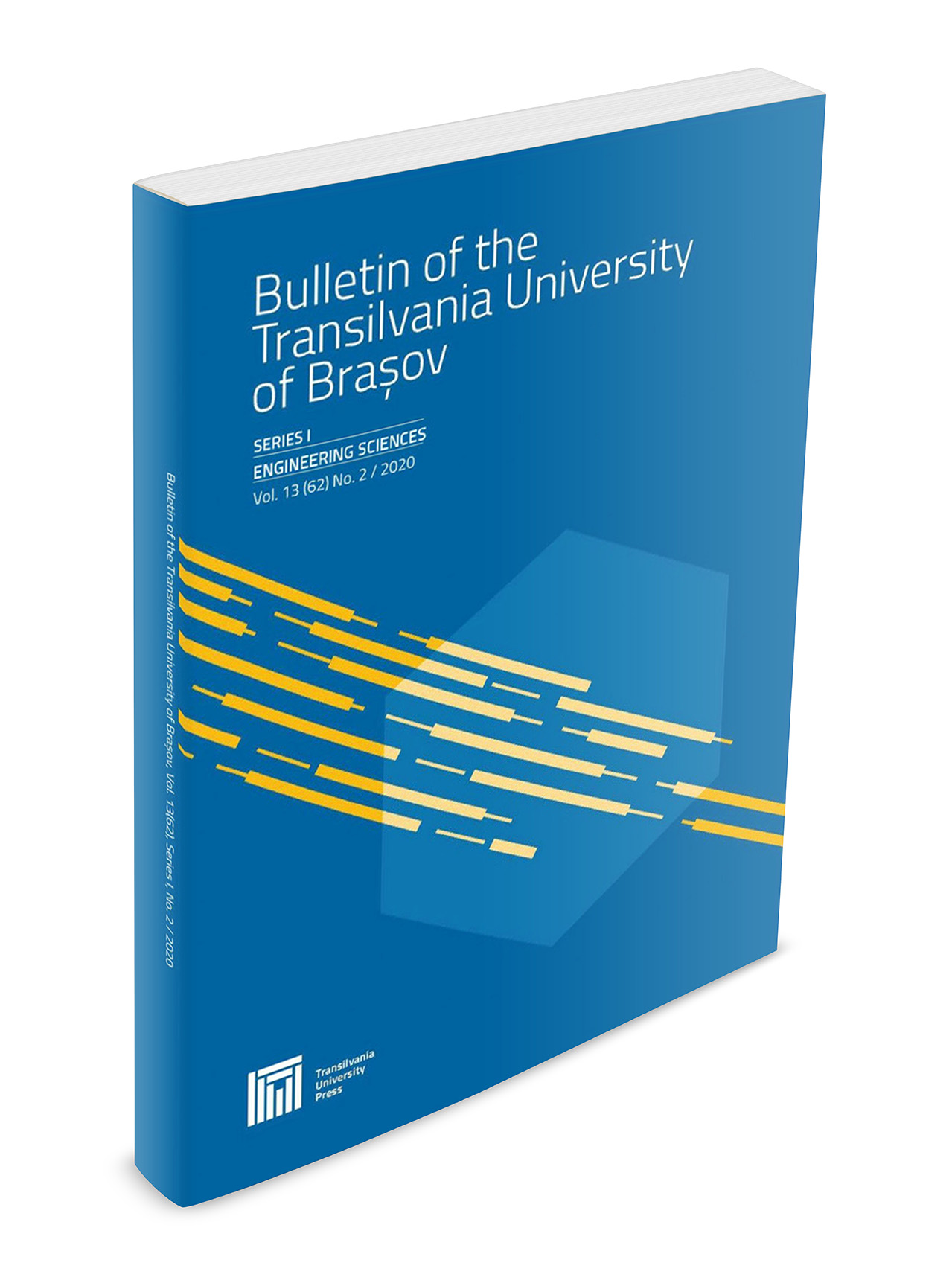Surface Modification of Polypropylene by Photografting of Vinyl Acetate Monomers
Keywords:
photopolymerization, vinyl acetate, adhesion, polypropyleneAbstract
The consumption of polymeric materials has increased in recent years. Among the wide variety of polymers, polyolefins are the most used at an industrial level. They have an optimal balance between processing and final properties, being used in low-technology sectors. There are some high-technology sectors that require prior surface modification of polyolefins to improve the mechanical properties of adhesive joints. With this modification, the surface free energy is increased. The aim of this work was to modify the surface of polypropylene using the photopolymerization treatment. The surface free energy has an increase of 175%, while the T-peel force has been increased by 700%.Downloads
Published
2011-07-09
Issue
Section
MATERIALS SCIENCE AND ENGINEERING




